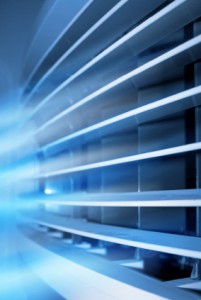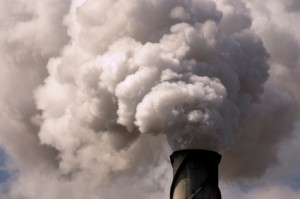 Air pathways are a key component of indoor air quality. Understanding and improving air pathways will greatly improve your indoor air quality.
Air pathways are a key component of indoor air quality. Understanding and improving air pathways will greatly improve your indoor air quality.
Understanding Air Pathways
Air flow is created by pressure differentials. Air flow always flows from higher relative pressure to lower relative pressure. Air will flow through any available opening (pathway) in an attempt to equalize pressure. Pathways include windows, doors, electrical outlets, floor drains, heating and cooling systems, and most importantly air ducts.
Air Pathways within a Home
A forced air system works by creating a difference in pressure between the area where the supply registers are located and the area where the returns are located. As air moves from supply diffuser to return air grill, it is diverted or obstructed by partitions, creating pathways of air movement throughout the home.
How do Air Pathways affect a Home?
Pathways can change from one minute to the next – Opened windows, an exhaust fan, open/closed doors etc… Unintended pathways need to be acknowledged to have a comprehensive understanding of a homes airflow patterns.
Improving Air Pathways
Air ducts are the pathways for energy efficient homes. With a couple of simple steps you can improve your air pathways.
- Seal the air ducts to prevent costly, conditioned air flow from being drawn from or escape into unknown, unspecified, or unintended areas of the home.
- Filter the air by changing the furnace or air conditioning air filter.
- Make sure that air ducts are not blocked by interior furnishings that prevent their designed use.
- Have the air ducts cleaned to prevent obstructions in air flow.
- Use bathroom exhaust fans when using the shower to exhaust moisture.
- Use kitchen exhaust fans when cooking to exhaust fumes from cooking.
- Have your HVAC technician inspect exhaust flues when they perform annual HVAC inspections to ensure carbon monoxide is properly exhausted.


 Several factors contribute to poor indoor air quality that can be easily controlled. Air pressurization greatly affects the indoor air quality of a home or building.
Several factors contribute to poor indoor air quality that can be easily controlled. Air pressurization greatly affects the indoor air quality of a home or building.